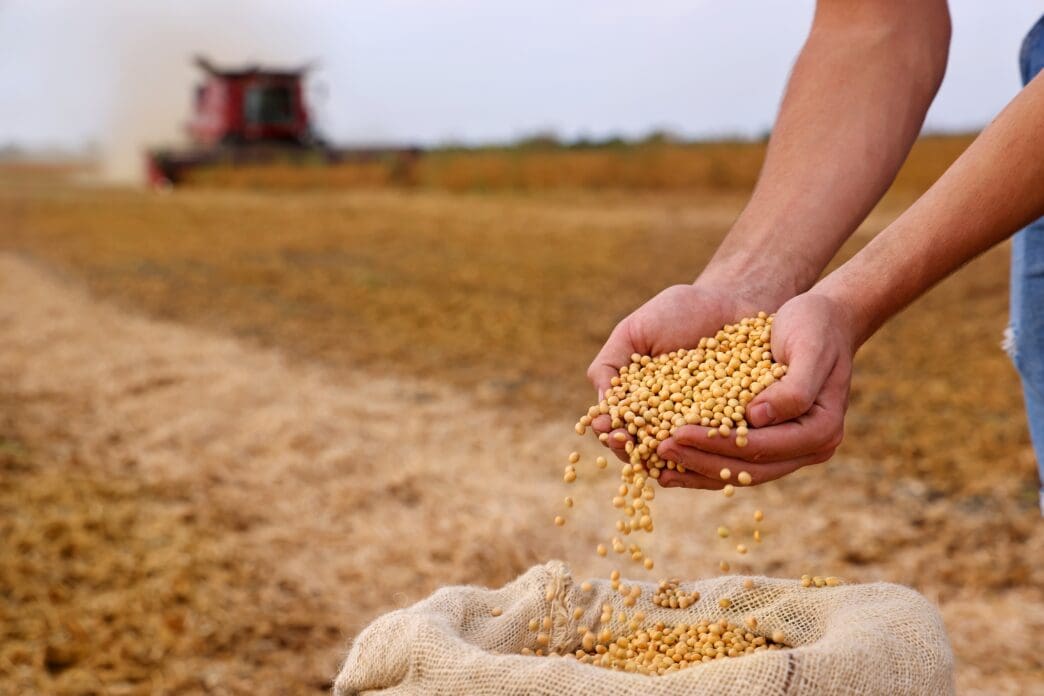Executive Summary
The Story So Far
Why This Matters
Who Thinks What?
The Trump administration is reportedly preparing a bailout package worth between $10 billion and $14 billion for American farmers, who have been significantly impacted by President Donald Trump’s trade war and other economic pressures. The proposed relief, which White House officials have been discussing for weeks, aims to address surging production costs, foreign tariffs, and a rise in farm bankruptcies.
Farmers Face Economic Headwinds
American farmers are enduring a challenging year, marked by escalating costs and retaliatory tariffs from international partners, particularly China. The Agriculture Department estimates farm production expenses will reach $467.4 billion in 2025, a $12 billion increase from the previous year. This economic strain has contributed to a rise in farm bankruptcies, reaching their highest level since 2021 in the first half of the year.
Beyond trade tensions, the agricultural sector has also faced labor shortages due to immigration policies and a decline in commodity prices. Traditional American crops such as soybeans, corn, wheat, sorghum, and cotton have been particularly affected, with the soybean industry often cited as a prime example of the sector’s struggles.
Potential Relief Mechanisms
White House officials, including the Departments of Agriculture and Treasury, have been holding interagency meetings to finalize the relief package. Two primary options are under consideration: allocating a percentage of the income generated from US tariffs on imported goods directly to farmers, or drawing funds from the Department of Agriculture’s Emergency Commodity Assistance Program (ECAP).
President Trump has publicly supported using tariff revenue to aid farmers, stating on social media, “We’ve made so much money on Tariffs, that we are going to take a small portion of that money, and help our Farmers.” The administration previously utilized the ECAP fund in March to provide $10 billion in direct payments to eligible agricultural producers for the 2024 crop year. A combination of both funding sources is also being discussed.
Strategic Importance of Agricultural Support
The administration views protecting American farmers as both a political and a national security imperative. White House officials note that many farmers were crucial to Trump’s victory in the November 2024 election. Furthermore, officials argue that ensuring domestic food production is essential for national security, reducing reliance on imports.
Agriculture Secretary Brooke Rollins has reportedly been a key advocate for farmer relief within the administration, engaging with President Trump and Treasury Secretary Scott Bessent on the issue. Rollins has described the idea of offsetting farmer payments with tariff revenue as “a very elegant solution.”
The Soybean Industry in Crisis
The US soybean industry, America’s largest agricultural export valued at over $24 billion in 2024, has been particularly hard hit. China, historically the top market for US soybeans, has effectively ceased imports since May, implementing 20% tariffs in retaliation for US trade policies. This has prompted China to increase its reliance on South American suppliers, including Argentina and Brazil.
Complicating matters, the Trump administration recently arranged a $20 billion financial lifeline to Argentina’s central bank. This move, intended to stabilize Argentina’s financial market, inadvertently facilitated China’s purchase of at least ten cargoes of Argentine soybeans after Argentina temporarily scrapped export taxes on grains.
Calls for a Trade Resolution
American soybean farmers are urging the Trump administration to conclude trade negotiations with China. Caleb Ragland, President of the American Soybean Association, emphasized the critical need for a trade deal, stating, “China is the world’s largest soybean customer and typically our top export market.”
President Trump has acknowledged the pressure, blaming China for the difficulties faced by soybean farmers. He plans to make soybeans a “major topic of discussion” during an upcoming meeting with China’s President Xi Jinping in South Korea next month, as farmers’ patience reportedly wanes during the harvest season.








